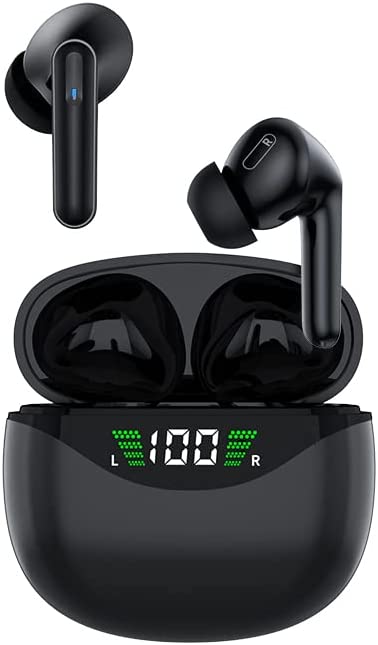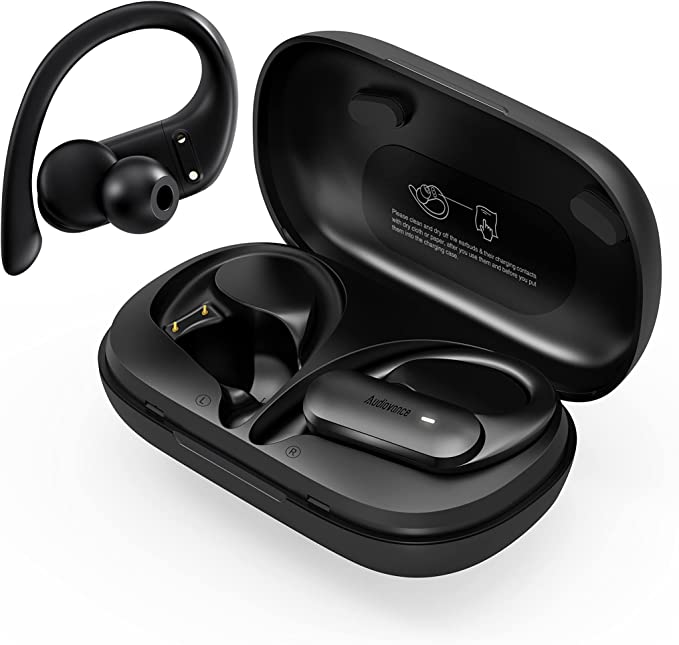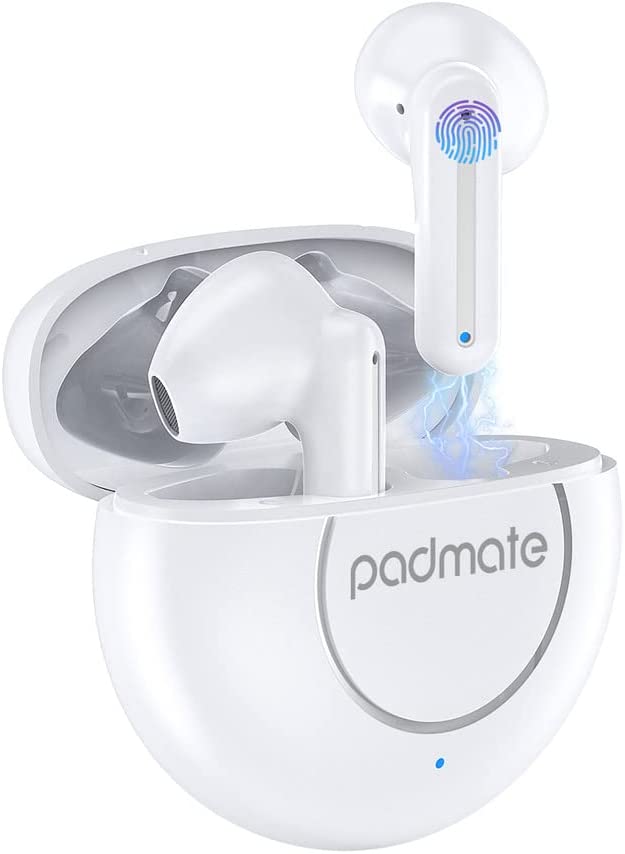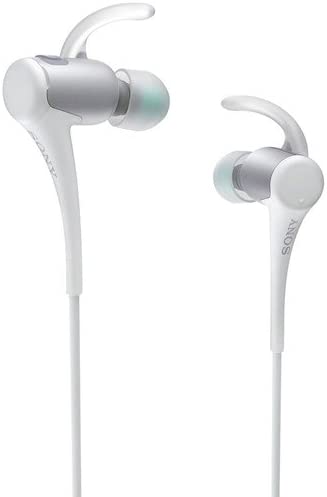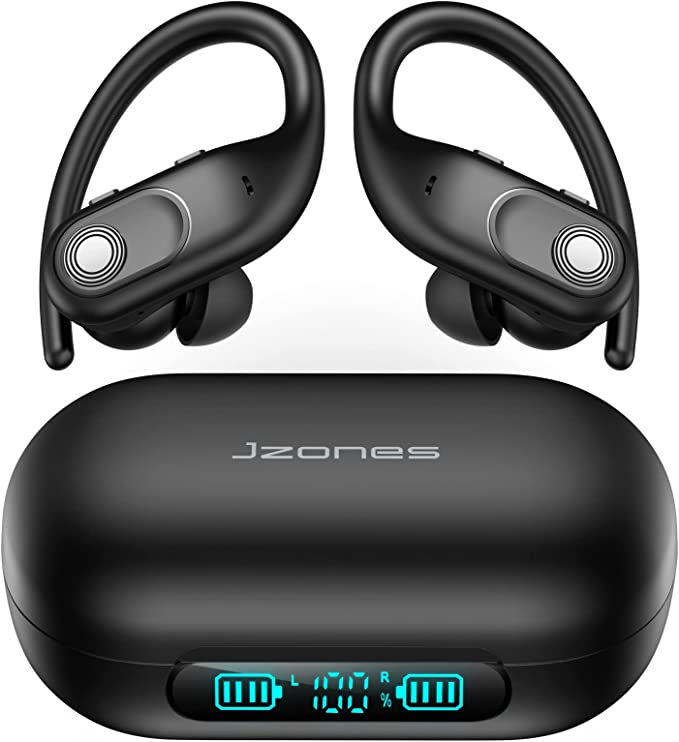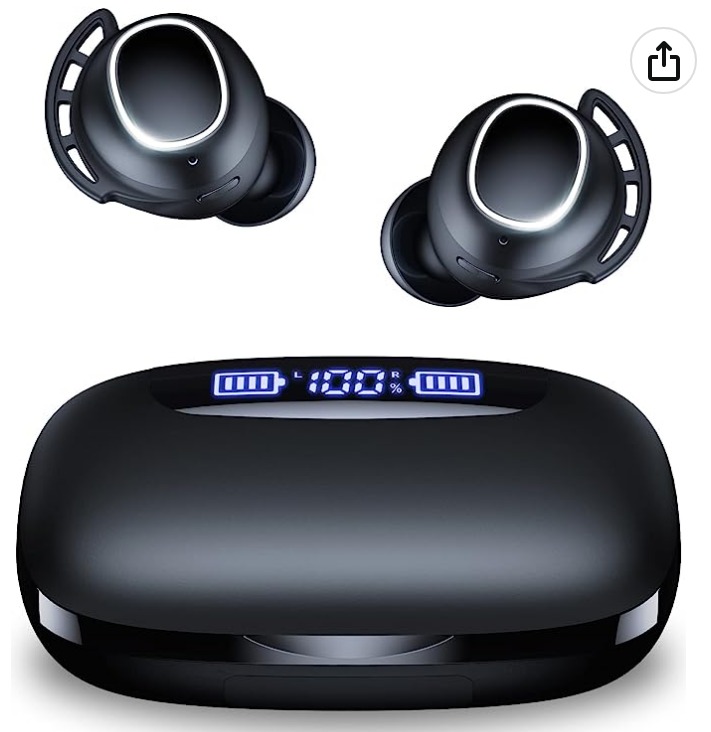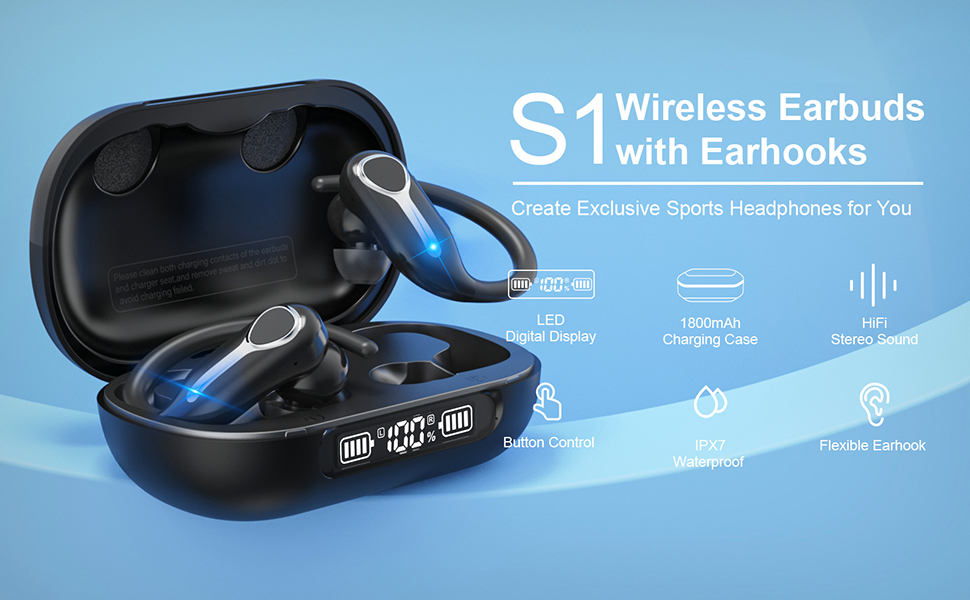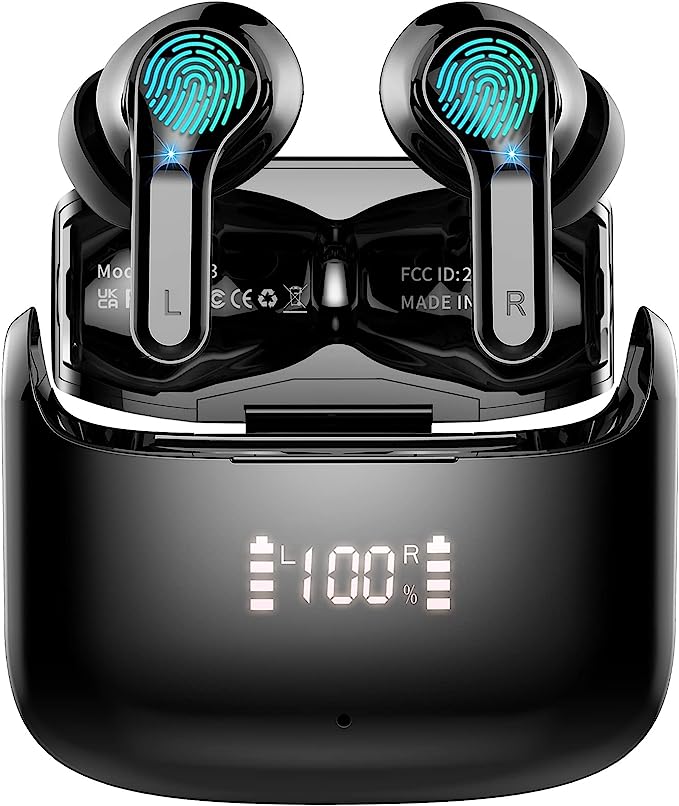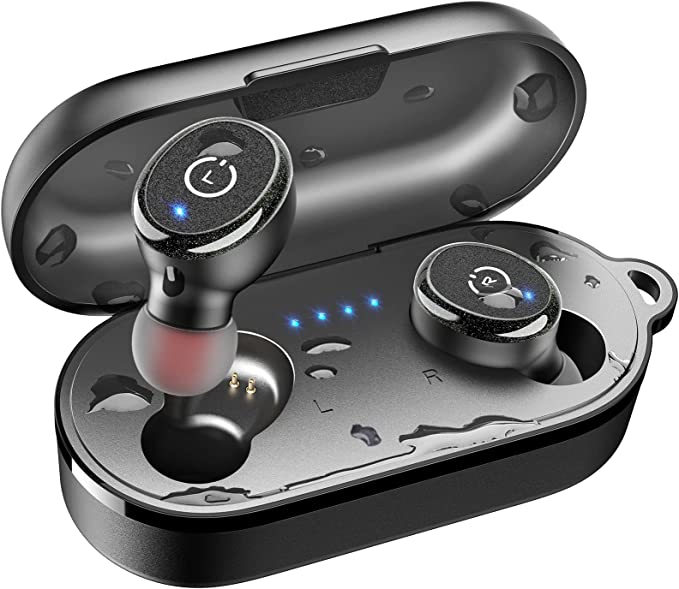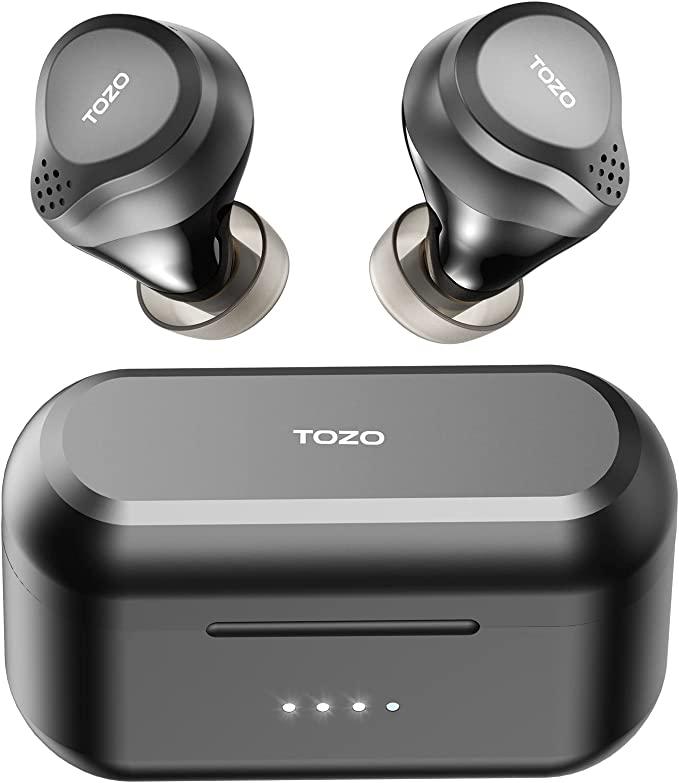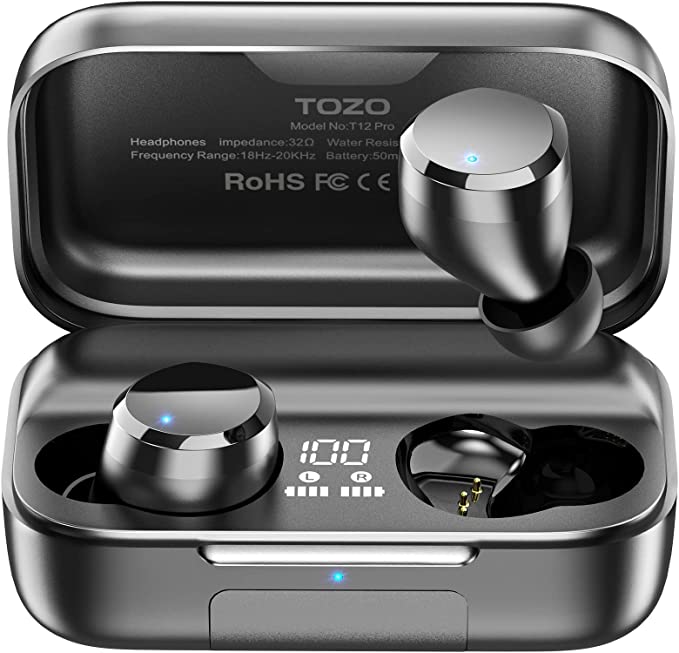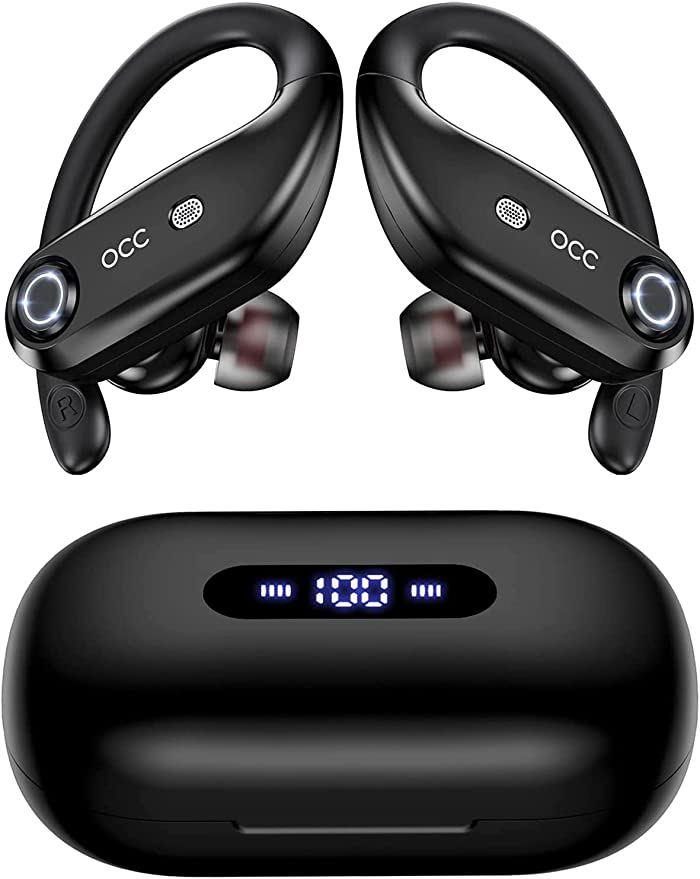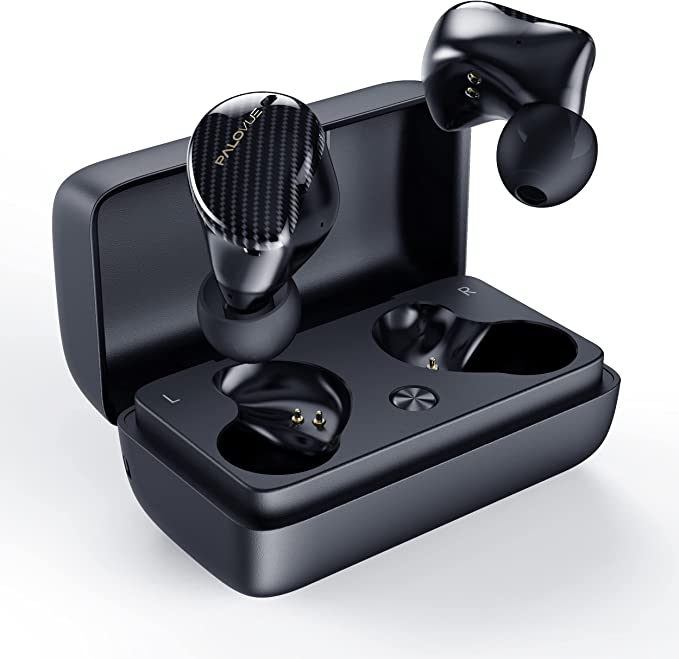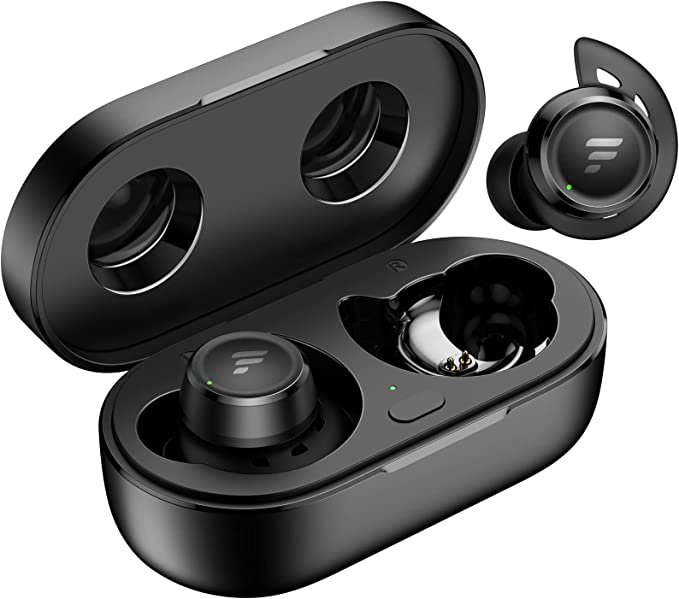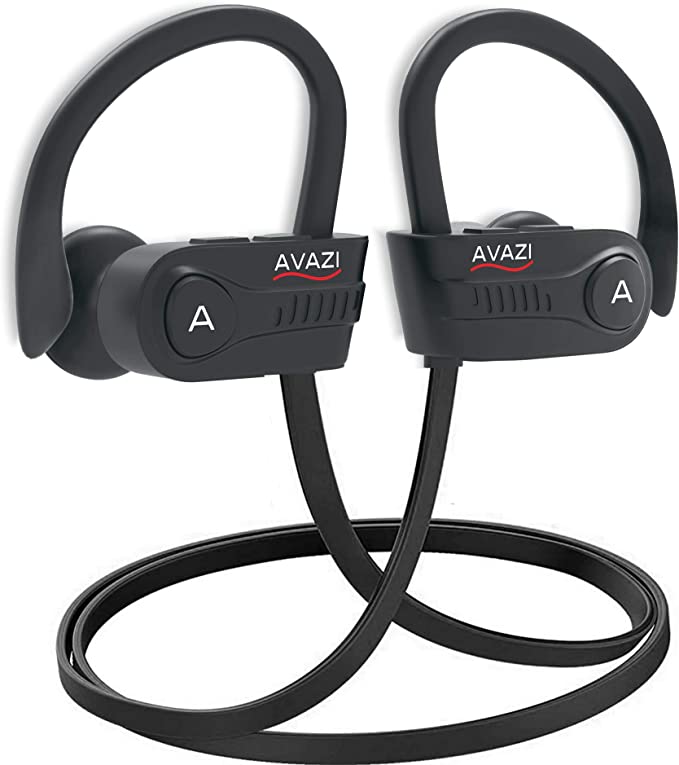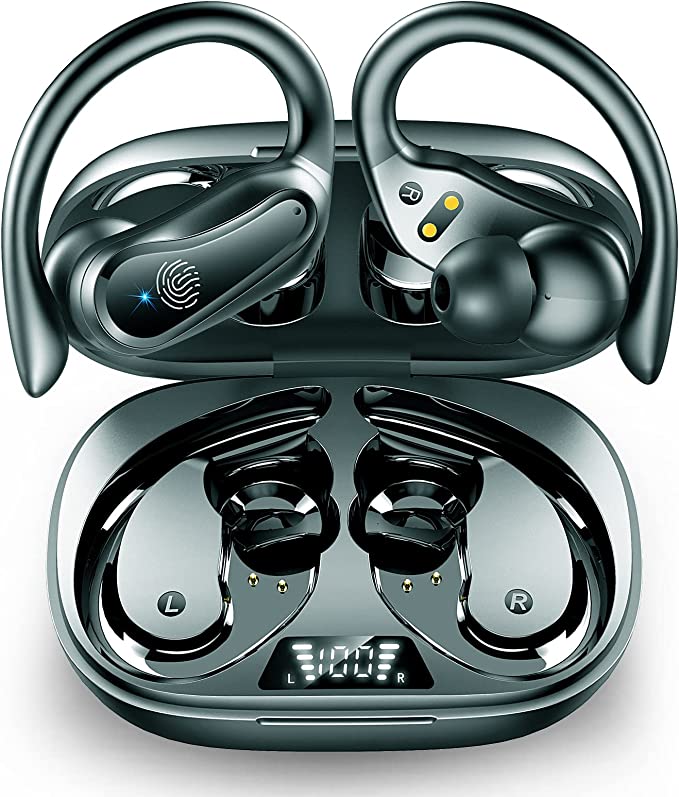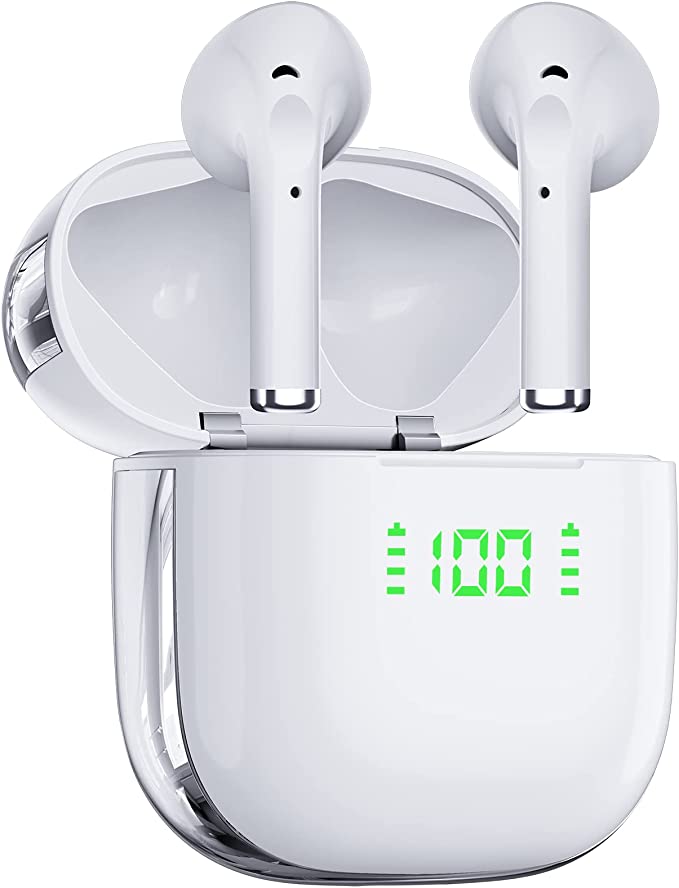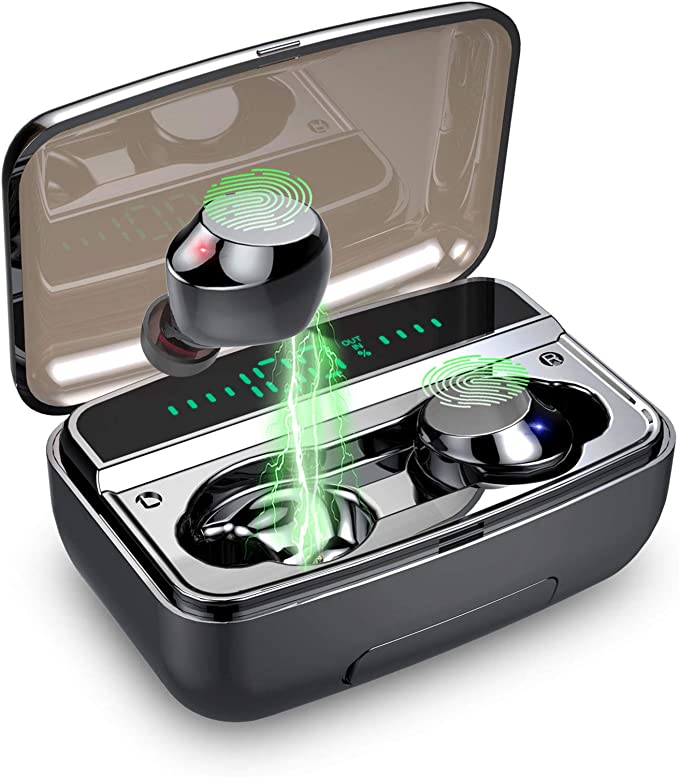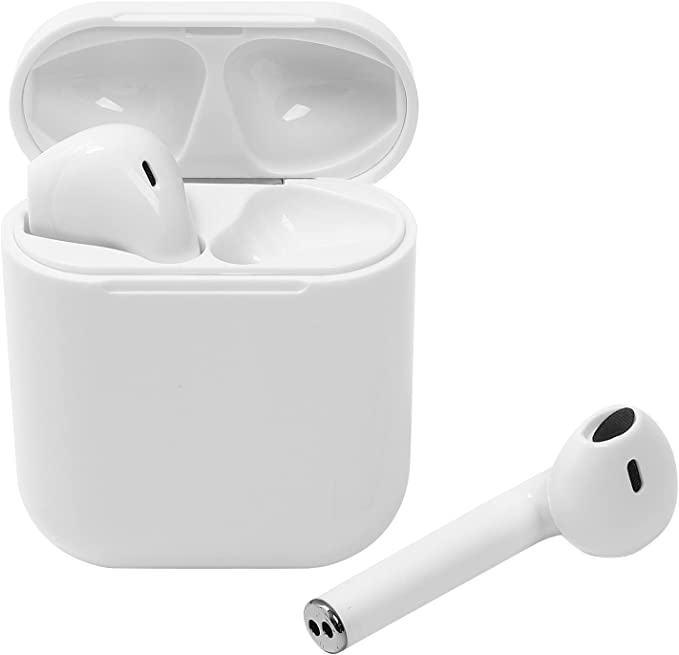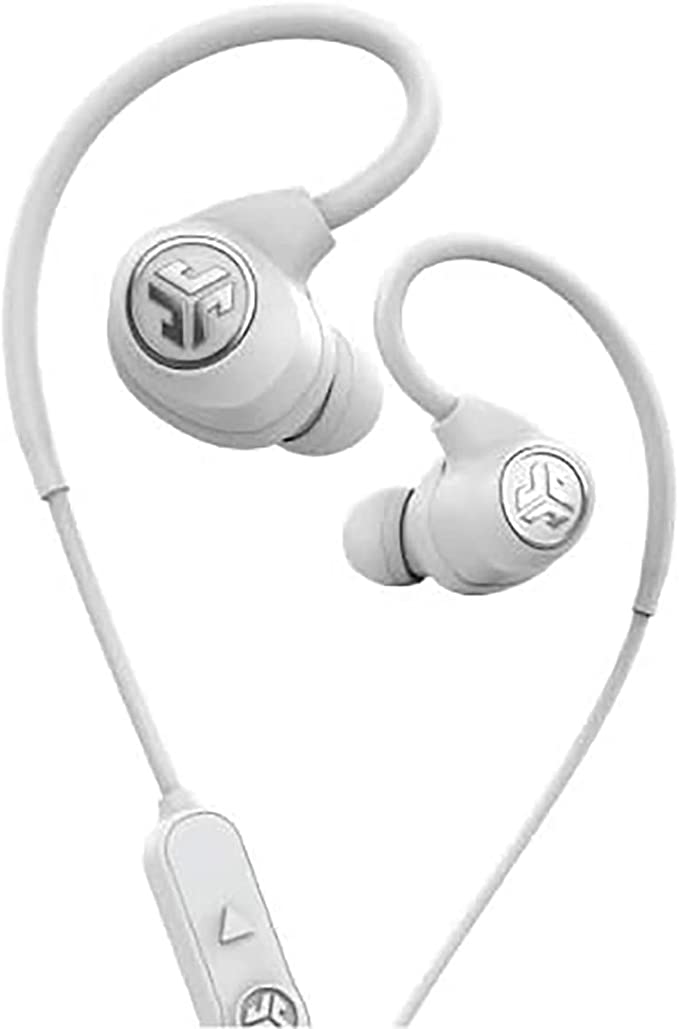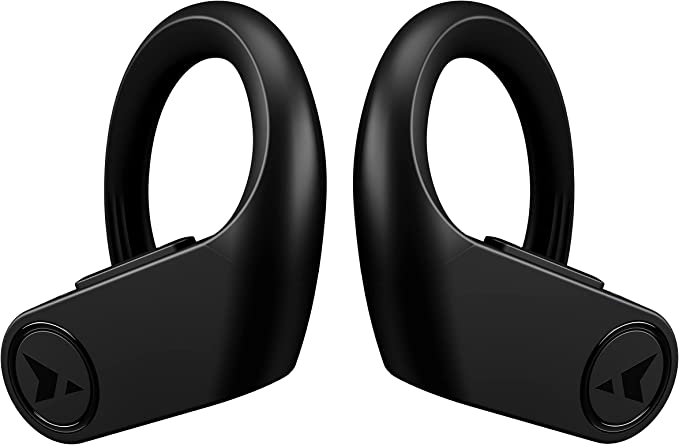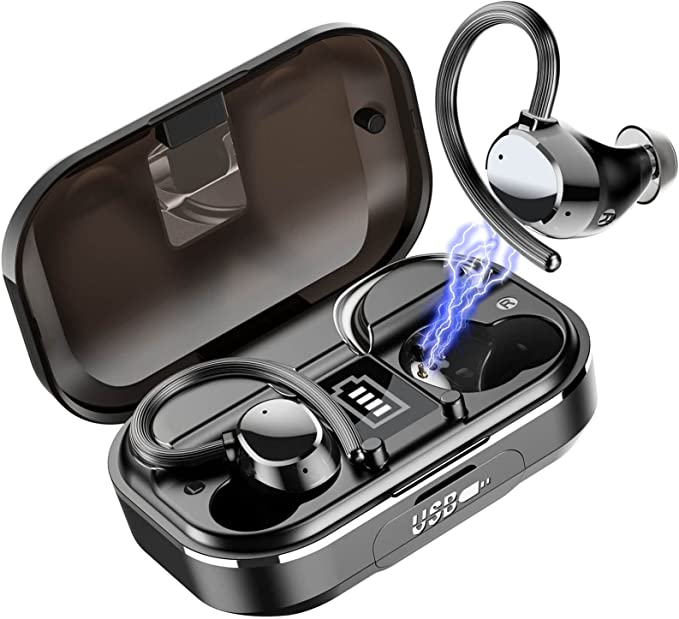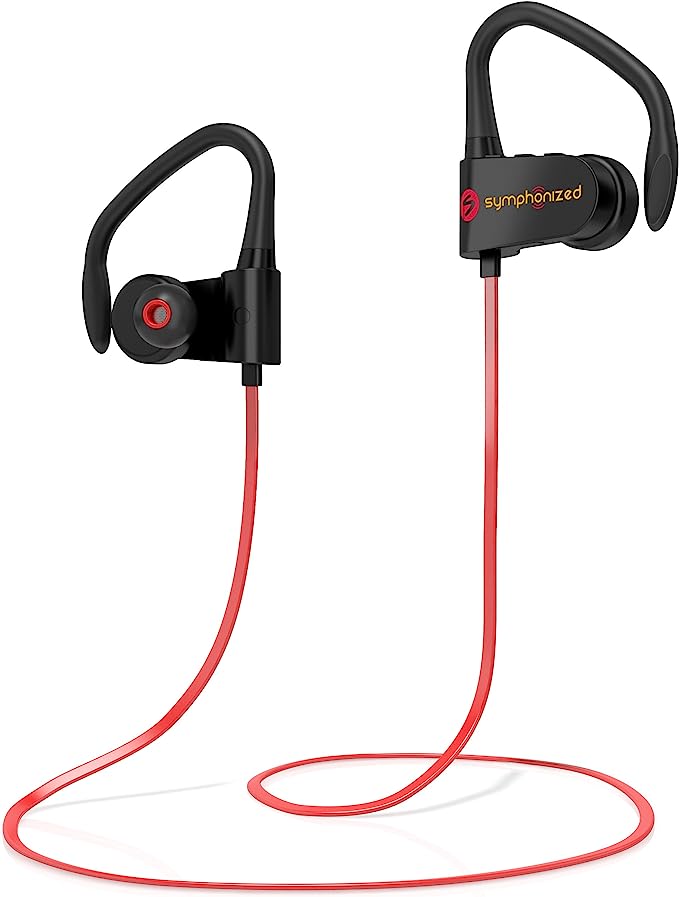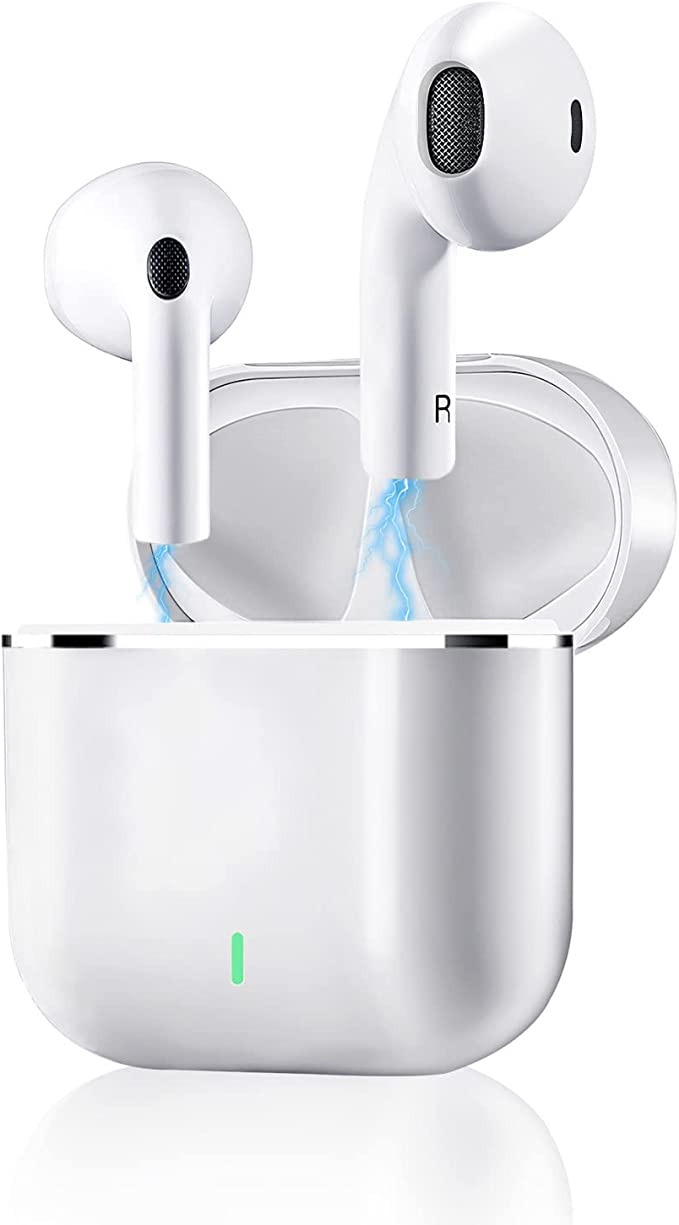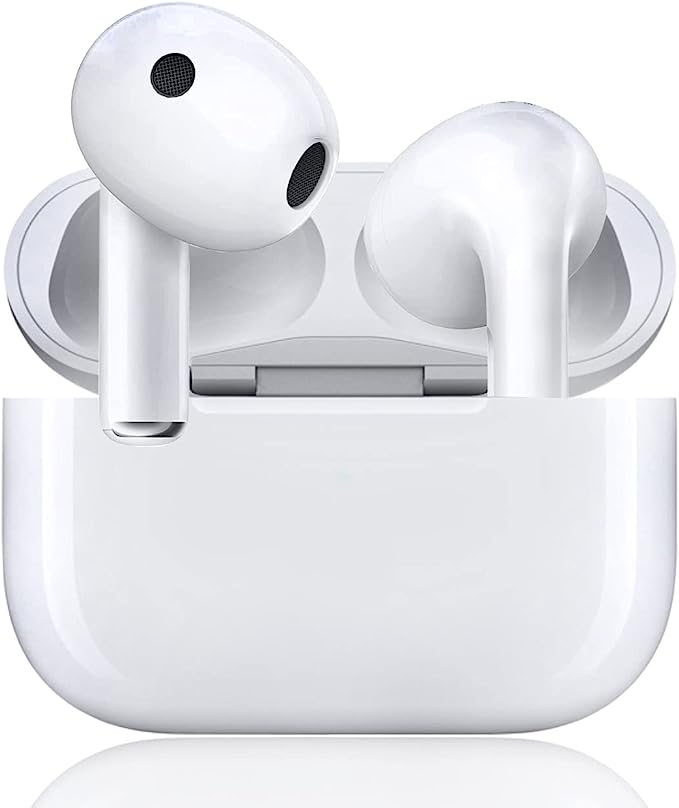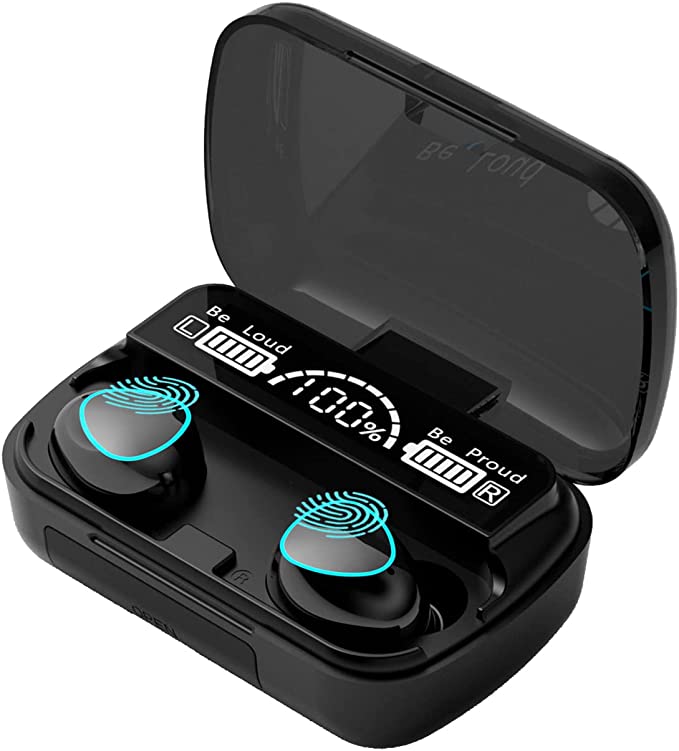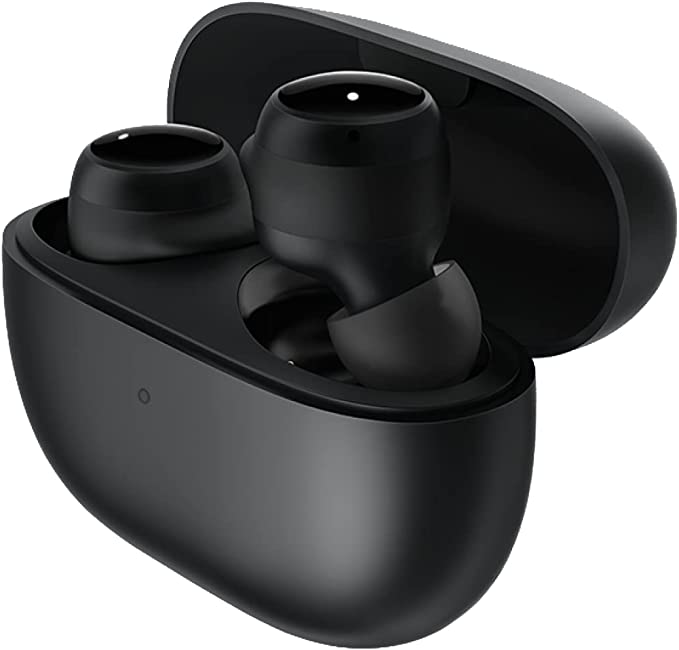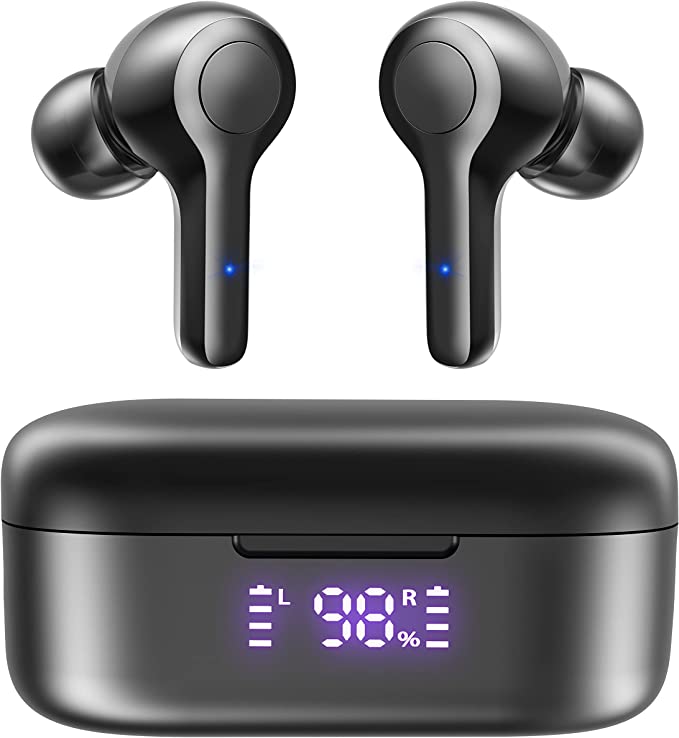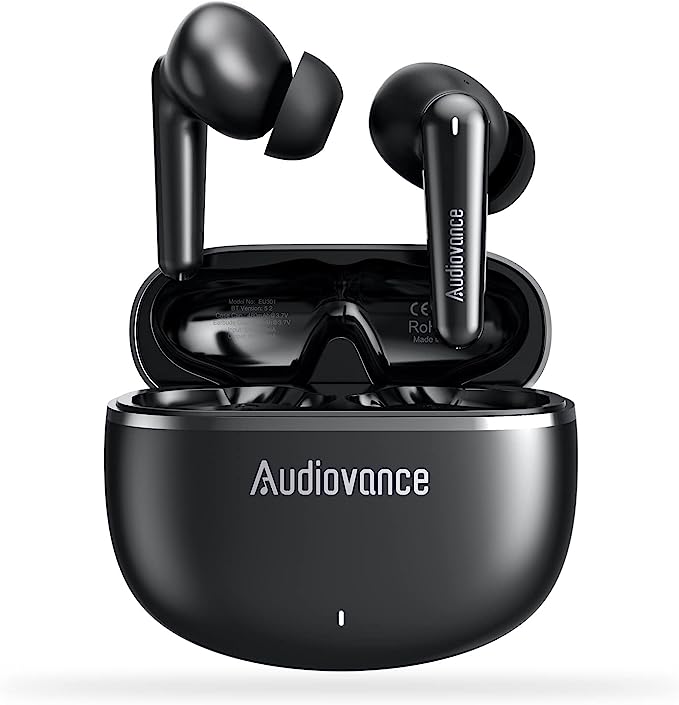HOJAYK BX17 Wireless Earbuds: Long-Lasting Audio for Your Active Life
Update on Feb. 22, 2025, 7:06 a.m.
Wireless earbuds have become as commonplace as smartphones themselves. We see them everywhere – on the bus, in the gym, at the coffee shop. But how many of us actually understand the technology that powers these tiny devices? Have you ever wondered how music magically streams from your phone to your ears without a single wire? Or what makes one pair of earbuds sound better than another? This article will delve into the fascinating world of Bluetooth headphones, using the HOJAYK BX17 as a practical example to illustrate key concepts.

A Journey Through Wireless Sound: From Marconi to Bluetooth
The quest for wireless audio is surprisingly old. It dates back to the late 19th century, with Guglielmo Marconi’s pioneering experiments in radio wave transmission. Imagine a world where music could be broadcast through the air, untethered by physical connections! While early radio technology was bulky and inefficient, it laid the foundation for the wireless revolution we enjoy today.
Fast forward several decades, and various wireless audio technologies emerged, including infrared and FM transmission. But it was the invention of Bluetooth in the late 1990s that truly revolutionized personal audio. Developed by Ericsson, Bluetooth was designed as a short-range, low-power wireless communication standard. Its name, interestingly, comes from a 10th-century Danish king, Harald Bluetooth, who united various tribes – a fitting metaphor for a technology that connects diverse devices.
The Magic of Bluetooth: How it Works
Bluetooth uses radio waves in the 2.4 GHz ISM (Industrial, Scientific, and Medical) band to transmit data. Think of it as a conversation between your phone and your earbuds, carried out in a language they both understand. This “language” involves specific protocols and profiles, like A2DP (Advanced Audio Distribution Profile) for streaming stereo audio, AVRCP (Audio/Video Remote Control Profile) for controlling playback, and HFP (Hands-Free Profile) for phone calls.
But what about different Bluetooth versions? You’ve probably seen numbers like 4.0, 4.2, 5.0, and now, 5.1, like the one featured in the HOJAYK BX17. Each new version brings improvements in speed, range, and power efficiency. Bluetooth 5.1, for instance, offers significantly enhanced connection stability, especially in environments with lots of wireless interference (like a crowded gym). It also uses a feature called “randomized channel selection,” which helps to avoid collisions between different Bluetooth devices transmitting at the same time. This translates to fewer dropouts and a smoother listening experience. The increased efficiency allows HOJAYK BX17 provides a long battery life.

Decoding Sound: Drivers, Frequency Response, and Codecs
The magic of Bluetooth delivers the audio signal, but it’s the drivers inside the earbuds that actually produce the sound you hear. A driver is essentially a tiny loudspeaker. The HOJAYK BX17, for example, uses 8mm neodymium drivers. The “8mm” refers to the diameter of the driver’s diaphragm, the part that vibrates to create sound waves. Generally, larger drivers can move more air, resulting in more powerful bass.
“Neodymium” refers to the type of magnet used in the driver. Neodymium magnets are exceptionally strong for their size, allowing for a more efficient and responsive driver. This contributes to a clearer and more detailed sound.
Then there’s “frequency response,” often stated as a range, like 20Hz to 20kHz in the BX17’s specifications. This represents the range of sound frequencies the earbuds can reproduce, from the deepest bass to the highest treble. The human ear can typically hear sounds within this range, though individual sensitivity varies.
Finally, let’s touch on codecs. These are algorithms that compress and decompress the audio signal for wireless transmission. Common Bluetooth codecs include SBC (the standard, basic codec), AAC (favored by Apple devices), and aptX (known for higher quality). While the HOJAYK BX17’s specifications don’t explicitly state which codecs it supports, it’s safe to assume it supports at least SBC, which is mandatory for all Bluetooth audio devices.

The HOJAYK BX17: A Practical Example
Now, let’s see how these technical concepts translate to a real-world product, the HOJAYK BX17 Wireless Earbuds.
-
Design: The BX17 features an over-ear hook design. This is particularly beneficial for active users, as it provides a secure fit that prevents the earbuds from falling out during exercise. The ear tips come in different sizes (S, M, L) to ensure a comfortable and snug fit, which is crucial not only for comfort but also for…
-
Noise Isolation: While the BX17 doesn’t offer active noise cancellation (more on that later), the secure fit of the ear tips creates a physical seal that blocks out a significant amount of ambient noise. This is passive noise isolation, and it can be quite effective in many situations, such as a noisy gym or a busy commute.
-
Bluetooth 5.1 in Action: As mentioned earlier, Bluetooth 5.1 provides a more stable and reliable connection than previous versions. This means fewer frustrating dropouts or interruptions to your music, even in environments with a lot of wireless activity. It also contributes to the impressive…

- Battery Life: The BX17 boasts an exceptional battery life – up to 15 hours on a single charge for the earbuds, and up to 60 hours total with the charging case. This is a combination of the energy efficiency of Bluetooth 5.1 and the battery capacity of both the earbuds and the case. The case itself charges via USB-C, a modern and convenient standard that offers faster charging than older Micro-USB ports.

-
IPX7 Waterproofing: The “IP” in IPX7 stands for “Ingress Protection,” and the rating indicates how well the device is protected against dust and water. The “X” means it hasn’t been rated for dust protection, but the “7” signifies that it can withstand immersion in up to 1 meter of water for 30 minutes. This makes the BX17 ideal for workouts, as it can easily handle sweat and even rain. However, remember the case itself is not waterproof.
-
Sound Quality: A Realistic Assessment: The BX17 delivers a good sound quality for its price range. While it might not satisfy audiophiles seeking the absolute highest fidelity, the 8mm neodymium drivers and 20Hz-20kHz frequency response provide a balanced and enjoyable listening experience for most users. The bass is present and punchy, the mids (where vocals and most instruments reside) are clear, and the highs are crisp without being harsh. Based on the user review, the sound is good for a budget earbud.
Beyond the Basics: Active vs. Passive Noise Cancellation
It’s crucial to distinguish between active and passive noise cancellation. Passive noise isolation, as mentioned before, simply blocks sound waves physically. Active noise cancellation (ANC), however, is a more sophisticated technology. ANC headphones use microphones to detect ambient noise and then generate an “anti-noise” signal that cancels it out. This is more effective at reducing low-frequency sounds, like the drone of an airplane engine. The HOJAYK BX17 relies on passive noise isolation, which is perfectly adequate for many users, especially considering its price point.

Choosing the Right Earbuds: A Brief Guide
While this article focuses on the HOJAYK BX17, the principles discussed apply to all Bluetooth headphones. When choosing earbuds, consider:
- Your Needs: Are you primarily using them for workouts, commuting, or critical listening?
- Your Budget: Prices range from under $30 to hundreds of dollars.
- Desired Features: Do you need ANC, long battery life, or a specific sound signature?
- Comfort: Make sure the earbuds fit well and are comfortable for extended wear.
Conclusion: The Future of Wireless Audio
The world of wireless audio is constantly evolving. We can expect even lower power consumption, higher fidelity sound, and more intelligent features in future Bluetooth headphones. Technologies like spatial audio are creating more immersive listening experiences, and advancements in battery technology are pushing the boundaries of playtime. The HOJAYK BX17 represents a solid step in this ongoing journey, offering a blend of affordability, durability, and performance that makes it a compelling option for many users. It’s a testament to how far wireless audio has come, and a glimpse into the exciting possibilities that lie ahead.
